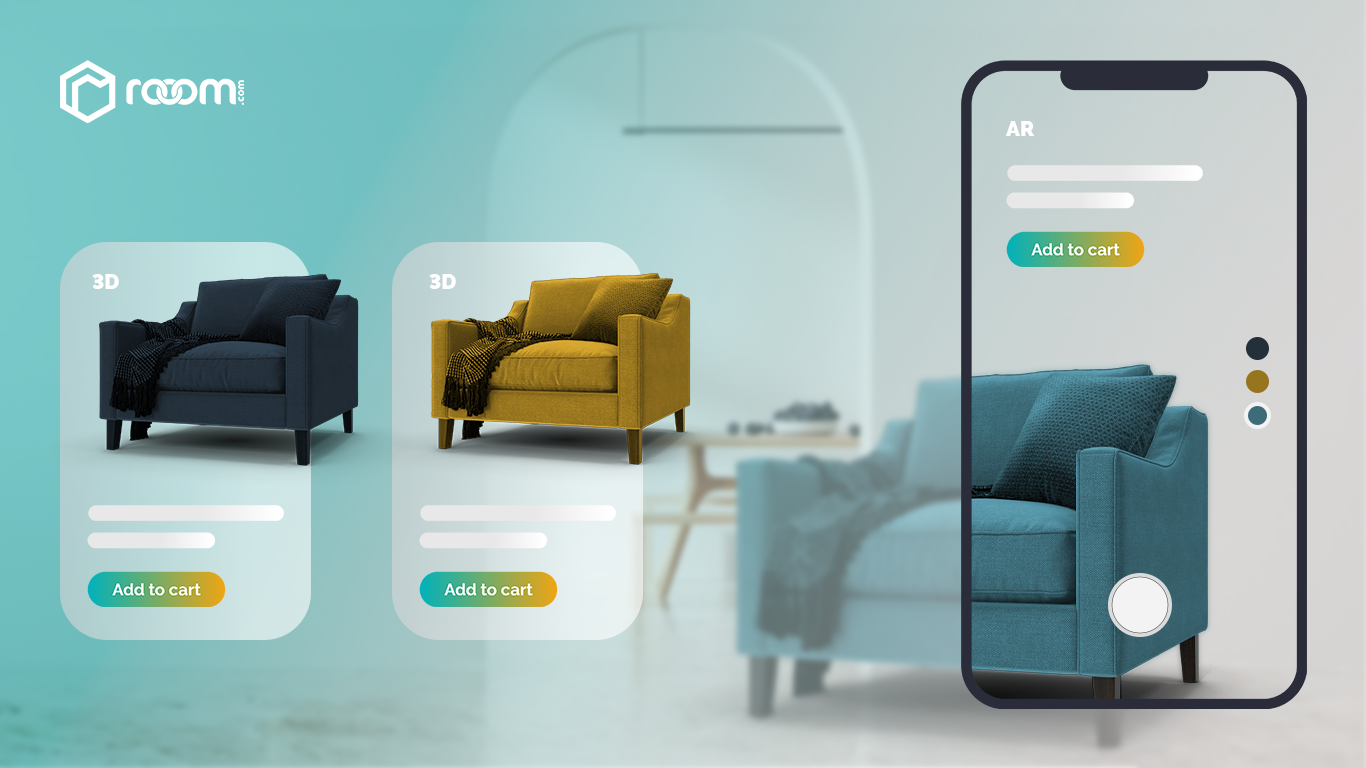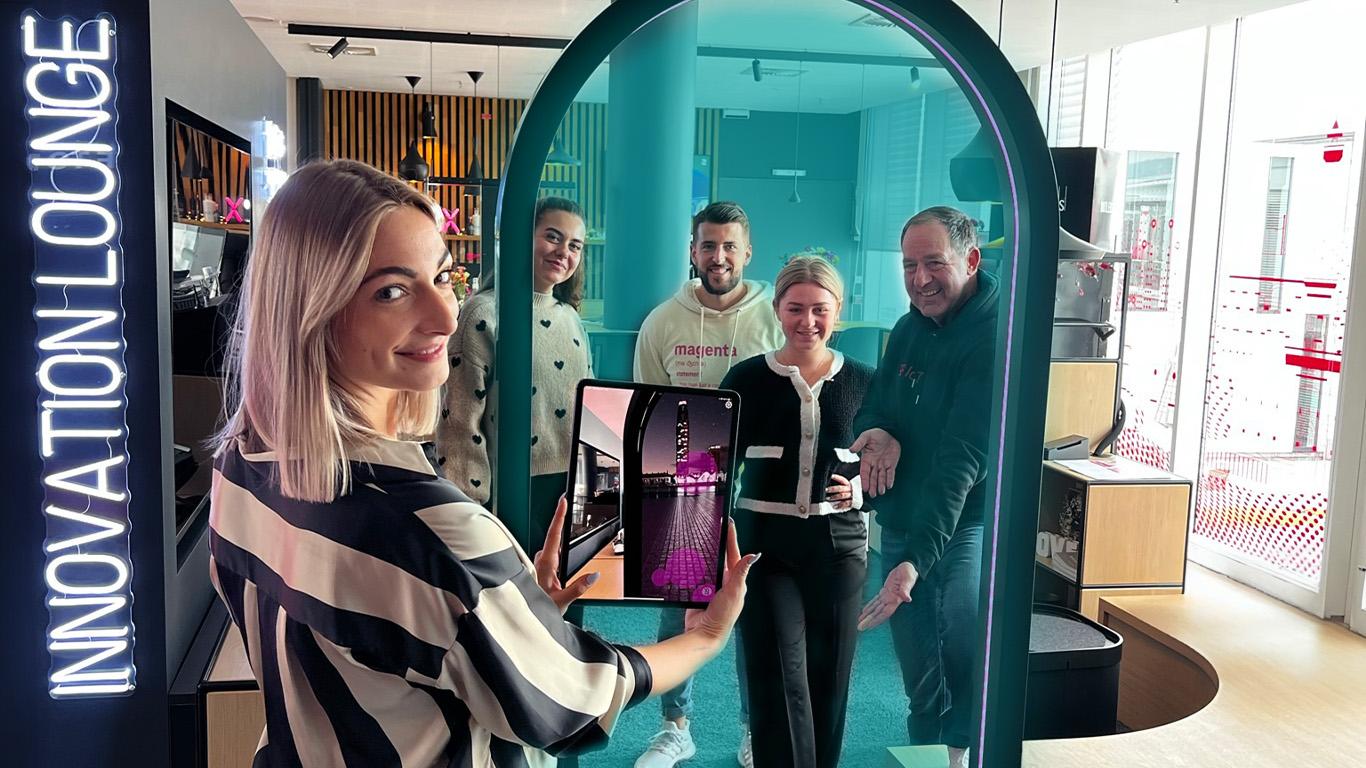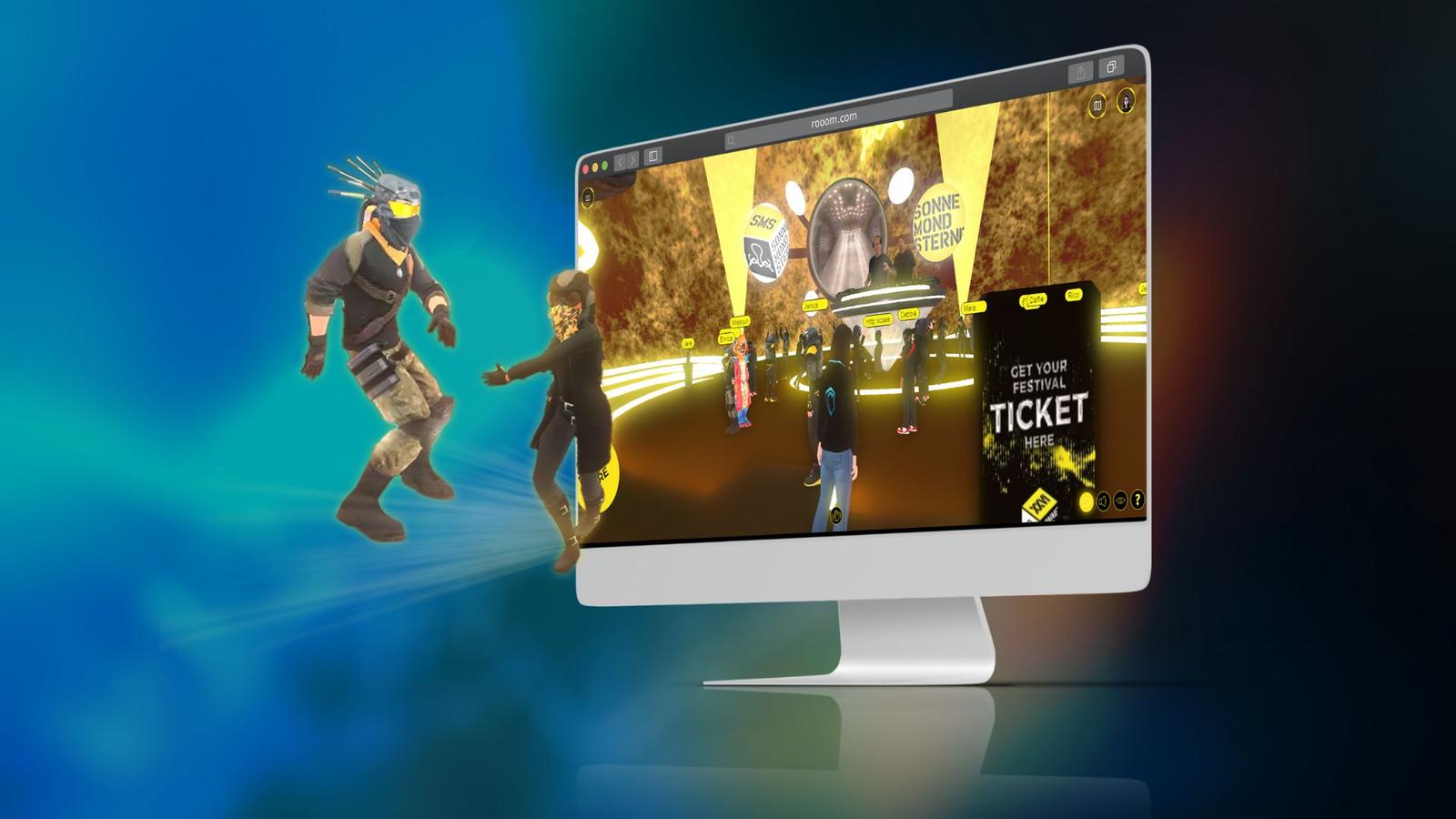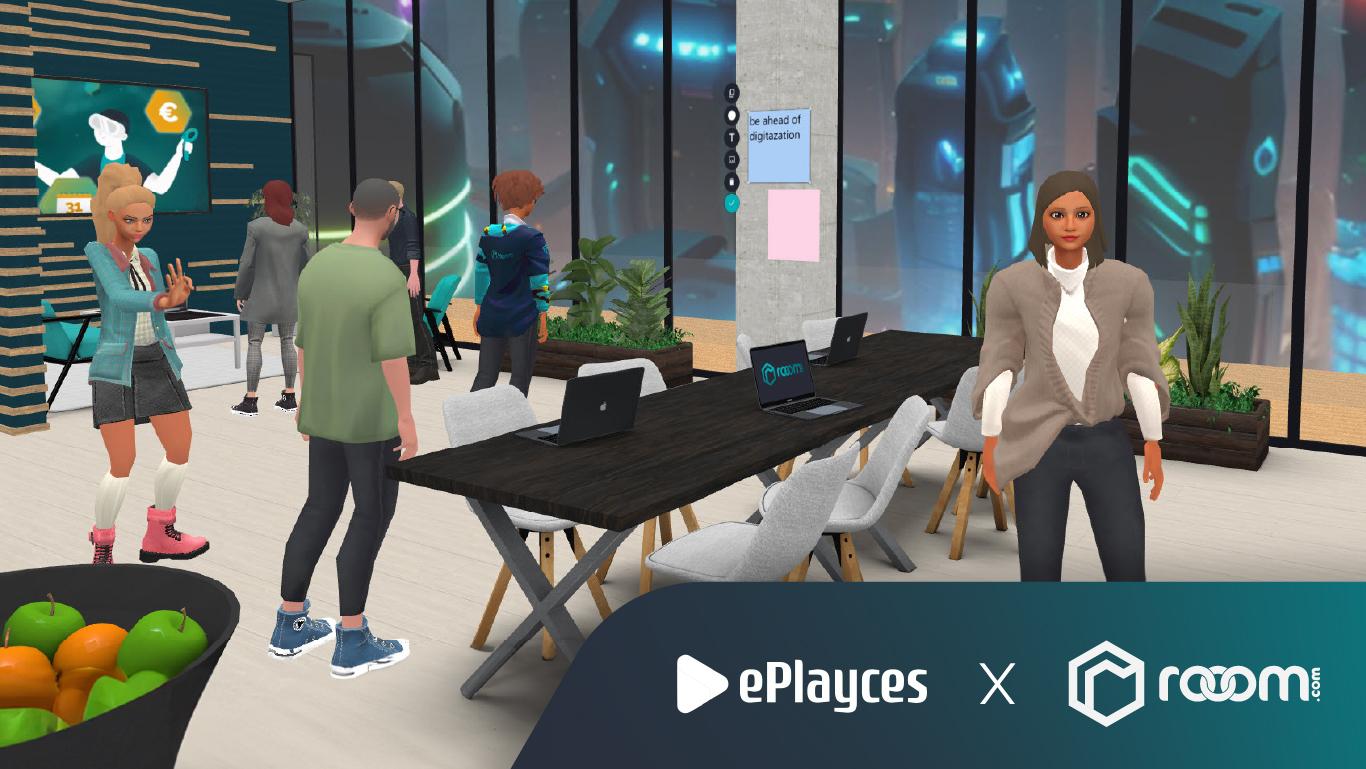Blog
The metaverse 2022 - what will it look like?

- Hot Topics
- How to Metaverse
- Blog
2022 will be the year of the metaverse. Countless shining eyes and also a few raised eyebrows are looking with excitement at the latest developments. Boundless possibilities stand alongside countless open questions and leave room for visions. The fact is that the metaverse or Web3.0 will merge the boundaries of the physical world with those of the digital world. Instead of just staring fixedly at a screen, in the future we will be able to immerse ourselves in the metaverse thanks to various technologies, while also being able to project content from the device directly to us. Instead of central information nodes, we will be able to experience content in a decentralized and low-threshold manner and also create it ourselves - and not just on a platform that was recently called Facebook, but anywhere and at any time. New types of communication and interaction will emerge, new forms of marketing, new event formats and also new jobs. Exactly what the metaverse will look like in a few months' time is something no one can predict. But some things are already clear, for example that there won't be THE Metaverse.
There will be multiple Metaverses
Marc Zuckerberg's vision with Meta is to create a global digital place where all users can connect with the world in the form of 3D profiles with avatars and Homebase. Meta is intended to be the central meeting place for the world's population, melting away physical barriers and offering interactivity on a whole new level. Ethan Zuckerman, Internet activist and inventor of the pop-up ad, cannot imagine such a construct:
"How do you find a common denominator, a shared vision, a common set of rules and principles for how so many different users interact? "1
Ethan Zuckerman
Instead, the Internet expert considers a coexistence of many small metaverses to be realistic, as is already the case in the game Minecraft. There, players can join together on their own servers and set up their own community rules. Even if Meta were to focus its world exclusively on social exchange, the interactions of global users would not be controllable. The former Facebook's inability to centrally manage global user interactions has already been clearly demonstrated in recent years. Moreover, Meta could only cover the social media area anyway. But there are so many other areas that will also take place in the metaverse. The separation of gaming and business content alone is inevitable. Who wants to learn about suppliers of handmade tabletops and end up in a farming simulator? Conversely, no Fortnite gamer will feel the need to learn about historical standard dances in a virtual dance hall. Every user and also every content provider should be able to decide for themselves in which environment they want to operate.

"The metaverse is already all around us, connecting as many different people, businesses and areas of life as possible."
Hans Elstner, CEO at rooom AG
The Metaverse platform rooom plans to provide all business customers with their own Mini Metaverse that can be placed in an area together with providers of similar content. E-commerce providers, for example, could place their virtual territories in a kind of virtual department store. Industrial customers can become part of an industry-specific metaverse where, for example, everything to do with optics can be discovered. And a smart learning metaverse could be located within a kind of digital campus. That way, you can always find exactly what you're looking for. Where would progress be if, digitally as in real life, we needed a navigation system to find the showroom of our favorite brand?
Another advantage of mini-metaverses is the possibility of greater personalization. In a central metaverse, as planned by Meta, all users would have to follow more or less the same templates. Just as every profile in the former Facebook looks the same and every website is basically structured in the same way, every profile in the new Meta would also look similar. In independent mini-metaverses, on the other hand, content can be presented in any imaginable environment. Things can move freely in space, stand in a green clearing, or be placed in the middle of an inner city or underground. Everything is possible.
Is the Metaverse the new internet?
“The Metaverse is the internet, but you can go into it (VR) or it can come out to you (AR)."²
Alan Smithson, AR/VR Influencer

The basic tenor of current debates and visions of the future sees the metaverse as the linear evolution of the Internet. Up to a point, this makes sense. Both are based on a worldwide network of interconnected computing systems in which data is exchanged via standardized protocols. The subtle differences, however, argue for not considering the Metaverse simply as Internet 3.0. The classic Internet, for example, is a one-way street. Mini Metaverses, on the other hand, span a filigree network that connects the real world with the digital one, permeable on both sides. Using augmented reality, products can simply be projected into the home, onto the street or into the park. A speaker at an event or an entire band can simply be projected into one's own living room between the couch and the dining table. Conversely, virtual places can now actually be visited and walked through using 3D and VR technology - not comparable to visiting a website.
Metaverses are designed to make it possible to leave the boundaries of reality behind. It's not just about doing the things that were possible in real life now virtually, just as you can now virtually push a shopping cart through endless supermarket aisles at Walmart. Rather, it's to provide new, easier ways to socialize, shop and stay informed. In real time, we can become part of an extended world and are no longer dependent on rigid on-demand content.

rooom's Top 5 Metaverse predictions
1. Anywhere, Anytime, Anyone on Any Device
With the help of the latest generation of technology, it is possible to experience 3D worlds and content as vividly as never before. However, the number of users who own devices such as AR or VR headsets is still small. To ensure that the gates of the metaverse open up to more than just tech nerds, access must therefore be necessary without expensive equipment. The Metaverse applications from rooom can be used simply via the browser. Users create an avatar and can discover the 3D worlds on all common end devices. A smartphone is all that is needed for AR experiences; not even an app needs to be downloaded. Regardless of the hardware used, a Metaverse Platform also offers very basic barrier-free access to a wide variety of worlds. Users can immerse themselves in any world they want to visit, regardless of location, time, age, fitness, and so on. In this way, we can grow even closer together as a global population and look to the future together.
2. Real-time interaction and communication
When we research something on the Internet today, we usually come across a specific website where we can receive static content. In a metaverse, besides breaking through physical barriers, it's also about interaction and real-time action. This doesn't necessarily mean that visitors:inside have to construct buildings and fight monsters like in a game. Rather, it's about real interactions between people using avatars and chats. Content such as real estate, products and virtual landscapes will also be available for interactive experience and discovery in 3D, VR and AR.
3. Customizable content
Each metaverse should be an interactive space in which private individuals, companies and also actors from culture, tourism and education can realize themselves individually. Everyone should have the opportunity to create a virtual representation with the help of an avatar and to contribute their own content. To this end, the creation of 3D content must be made accessible in a low-threshold manner. The rooom platform already offers countless opportunities to become a 3D creator yourself and thus offers one of the first CMS for the metaverse. this way, anyone with an internet-enabled mobile device can participate in the creation of metaverse.
4. Focus on security and data protection
"Privacy and safety need to be built into the metaverse from day one,"³ says Marc Zuckerberg in his metaverse vision. According to him, all users should be able to decide for themselves when they want to exchange information with others and when they want to withdraw into a private area. In fact, the problem is much more complex. The trade in consumer data is a flourishing business. Deep fakes are becoming more and more convincing. And the data being collected in the Meatverse could be far more comprehensive than what has been captured to date. Appropriate strategies and precautions should therefore be considered from the outset. When choosing a metaverse platform, users should be well informed about how their privacy is handled. At rooom, great importance is attached to compliance with the GDPR. In addition, all content is stored exclusively on secure servers operated by Deutsche Telekom.
What does NFT mean?
NFT is the abbreviation for Non-Fungible Token. A token is a digitized asset that can be exchangeable or non-exchangeable (non-fungible), i.e. unique. Uniqueness can be ensured using blockchain by storing data such as seller, buyer or transaction amount in successive blocks in a decentralized manner (like links in a chain). An NFT stored on the blockchain cannot be copied and thus always remains unique and valuable. In theory, any asset can become an NFT: Drawings, digital artworks, videos, and even real possessions.
5. NFTs - Digital Assets
One particularly interesting aspect of digital worlds are NFTs. These make it possible to create purely virtual assets that are worth real money but do not consume any resources. Digital assets make it possible, above all, to turn creative work into a profitable source of income. The rooom platform offers artists a low-threshold accessible platform to exhibit and distribute their work. This makes projects more fundable and less dependent on institutional support. In addition, NFTs can be used to sell virtual credentials, such as virtual festival wristbands, concert tickets, or T-shirts for one's avatar.
How exactly the Metaverse or the Metaverses will look like in one year, the next months will show. What is certain is that Meta will not realize the ONE solution with which we will all create our individual space in the digital world. And what is also certain is the following statement from roooms CEO Hans Elstner:
"The important thing is: Everyone can participate because the metaverse is for all of us."
Hans Elstner









